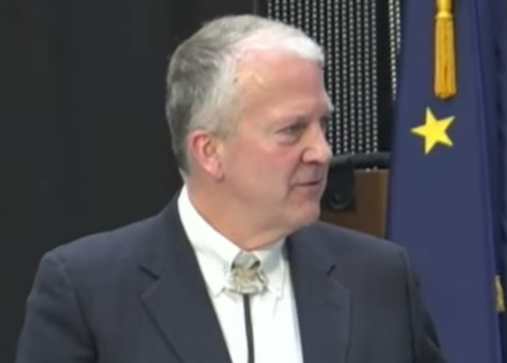
Tourism is at the heart of Alaska’s economy and a lifeline of its people. Annually, 2.2 million visitors vacation in Alaska, and for many, nothing better reflects their adventure than a piece of art or a handicraft made by an Alaska Native. Its authenticity is of utmost importance, and a primary consideration when tourists shop for a piece to take home. The artist’s name, backstory, home village, and cultural significance of the artwork enhance the meaning of the piece and of course drives the value of these items as well.
According to studies conducted for the State of Alaska’s Division of Economic Development, tourism in Alaska has an estimated $4.5 billion impact on the Alaskan economy with 2.2 billion of those dollars being spent directly by consumers. The market for authentic Alaska Native arts and crafts is vast, expanding at a rapid pace, and supports artists throughout Alaska – from the big port cities of Anchorage and Juneau to rural villages in very remote parts such as Kake and Kaktovik. Alaska Natives make their living selling their items directly to consumers or to shops that in turn enter them into the world of retail and commerce.
Fraudulent Alaska Native arts and crafts are about as old as Alaska’s tourism itself. The volume and scale of this illegitimate industry is problematic and harmful in many ways. Not only does it deprive legitimate Alaska Native artists of potential sales and income, but just as importantly the history, meaning, and cultural traditions associated with authentic pieces is obscured by and confused with these counterfeit items.
Legislative Support for American Indian and Alaska Native Artists
In 1935, Congress passed the Indian Arts and Crafts Act (IACA), which addressed the problem of fraud in the representation and sale of Native American-style arts and crafts. Under the IACA, the Indian Arts and Crafts Board (IACB) was created to promote the economic development of federally recognized American Indians and Alaska Natives (Indians) through the expansion of the Indian arts and crafts market.
Meridith Stanton is the IACB’s director and an enrolled member of the Delaware Nation and a Choctaw Nation descendant. She states, “The mission of the IACB is to promote and protect authentic Alaska Native and American Indian artists and artisans, which is even more challenging during the COVID pandemic and the economic downturn. Therefore, it is even more important now for consumers to purchase authentic Alaska Native artwork to help support hard working, dedicated, and talented Alaska Native artists who must rely on the production and sale of their creative work to not only support their families, villages, and communities, but to pass on these important skills and traditions from one generation to the next. Buy American – Buy Authentic Alaska Native Art!”
Naturally, the work of the IACB is vital to Alaska’s indigenous people. James Johnson, a Tlingit artist from Juneau, explains, “Alaska Native artists have dedicated their lives to our culture and carrying forward the art of our ancestors. The art form is sacred – the art form is alive and full of knowledge. Intentionally selling counterfeit art is stealing from artists, their families, and our communities. The Indian Arts and Crafts Board is protecting the interests and livelihoods of all Alaskan Artists, Gunalchéesh (Tlingit for ‘thank you’).”
One of the ways the IACB supports Native American and Alaska Native artists, is by processing complaints, concerns, tips, and more from the public on possible IACA violations. The board forwards those that rise to an investigation level to the specialized Indian Arts and Crafts Act Investigation Unit (IACA IU) of the U.S. Fish and Wildlife Service’s Office of Law Enforcement (OLE).
Director Stanton continues, “The IACB, by statute, is responsible for enforcing the IACA and works hand in glove with the Service’s top-flight IACA IU agents to develop and expand IACA cases while serving as subject matter experts and liaisons with Indian Country and the Indian art industry.”
Read the full story at Fish and Wildlife Service
[content id=”79272″]






